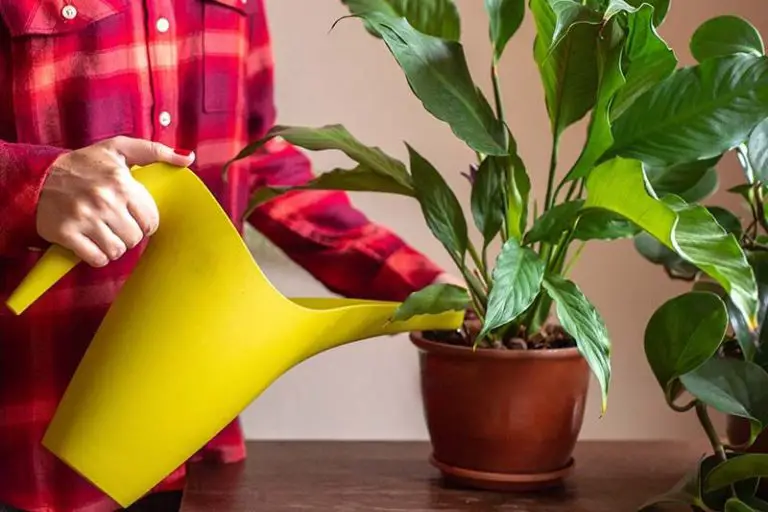How Do You Make Synthetic Clay?
Synthetic clay, also known as polymer clay, is a pliable modeling material made primarily from polyvinyl chloride (PVC) resin along with plasticizers, fillers, and pigments. Unlike natural clay that requires firing in a kiln, synthetic clay hardens at low temperatures through a process called “curing.” It is an extremely versatile, lightweight material used for arts and crafts, jewelry making, sculptures, doll making, accessories, miniature food, and more.
Making your own synthetic clay at home is a fun DIY project that allows you to customize colors and textures. The basic process involves mixing dry ingredients like glue and cornstarch to form a flour-like substance. Liquid ingredients like oil and vinegar are then incorporated to activate the polymers and form a soft, smooth clay. Once well-mixed, the clay is kneaded to distribute components evenly and remove air pockets. After a resting period, the clay can be shaped, molded, and allowed to cure fully into hardened creations.
Ingredients
The main ingredients for synthetic clay are:
- Cornstarch – This provides the bulk and texture of the clay. The more cornstarch you use, the stiffer the clay will become when dry.
- Glue – White craft glue acts as the adhesive that holds the clay together. Elmer’s glue is commonly used.
- Cream of Tartar – Adding a small amount of cream of tartar helps strengthen the clay.
- Water – Water activates the glue and brings the ingredients together into a clay consistency.
By adjusting the proportions of these simple ingredients, you can customize the texture and properties of the clay.
Step 1: Mix Dry Ingredients
The first step in making homemade synthetic clay is to measure out the dry ingredients. You’ll need:
- 2 cups cornstarch
- 1 cup baking soda
- 1 cup salt
Combine the cornstarch, baking soda, and salt in a large mixing bowl. Use a spoon or whisk to stir the ingredients together until well blended.
Mixing the dry ingredients first ensures they are evenly distributed before adding the wet components. Stirring well prevents lumps from forming when the liquids are added.
Step 2: Add Wet Ingredients
Once the dry ingredients are thoroughly combined, it’s time to slowly incorporate the wet ingredients. For this step, you’ll need:
- Water
- Glue (white school glue or a craft glue designed for clay)
- Food coloring or acrylic paint (optional)
Measure out the amount of water and glue called for in the recipe. Most recipes recommend equal parts glue and water. Add a couple drops of food coloring or acrylic paint if desired.
Slowly pour the wet ingredients into the dry mixture. Mix with a spoon, then use your hands to fully incorporate everything together. The clay will start to form into a sticky, firm dough as you mix. Don’t add too much water at once or the clay will become too sticky to work with.
Knead the clay for 2-3 minutes until it reaches an even, smooth consistency. At this point the synthetic clay is ready to use for craft projects and modeling.
Step 3: Knead the Clay
Once you’ve mixed together the dry and wet ingredients, it’s time to knead the mixture well until it forms a smooth, pliable clay. Proper kneading is a crucial step, so make sure to dedicate 5-10 minutes to this process. The clay may start off crumbly, but with vigorous kneading it will come together into a cohesive dough. Form the mixture into a ball and knead by folding the clay over itself and pressing down firmly. As you knead, the texture will become smoother. If the clay is still sticky or tacky, you may need to knead in a bit more flour. When the clay doesn’t stick to your fingers and has an even, elastic consistency, it is ready to rest.
Step 4: Let it Rest
After kneading the clay thoroughly, it’s important to let it rest before using it. Cover the clay with plastic wrap or put it in an airtight container, and let it sit for at least a few hours. This resting time allows all of the ingredients to fully incorporate.
During this rest period, the flour hydrates and absorbs the water, while the oil works its way evenly throughout the clay. Letting the mixture rest prevents the clay from cracking or crumbling when you try to use it. The clay may even change color slightly as the ingredients blend together.
For best results, let the homemade clay rest overnight if possible. This gives the ingredients sufficient time to fully absorb and bind together. The clay may still feel slightly sticky after kneading, but will firm up after resting. After at least 2-3 hours, the clay is ready for all kinds of creative projects and play.
Step 5: Use the Clay
Once you have finished kneading the clay and allowing it to rest, it is ready to be molded and shaped into whatever you desire. The possibilities are endless when it comes to crafting with homemade clay. You can roll coils and cut shapes using cookie cutters. Or, mold the clay with your hands into 3D sculptures, figures, jewelry, and more. Use clay shaping tools like a roller or silicone molds to help create smooth, even forms.
Kids especially enjoy using the clay for arts and crafts projects. Make dinosaurs, animals, play food – anything their imagination dreams up! Adults can craft bowls, vases, wall hangings, and other decorative pieces out of the clay.
When you are done sculpting for the day, store any unused clay in an airtight plastic container or bag. This will help keep the clay soft and workable for future use. The clay will keep for at least a few weeks when properly stored.
Variations
One of the great things about synthetic clay is that you can customize it in many ways to achieve different looks and textures. Here are some ideas for variations:
Add scents, glitter, or other mix-ins to clay
Adding a few drops of essential oils like lavender, lemon, or peppermint will give your clay a lovely aroma. You can also mix in glitter, beads, seeds, or other small objects to create fun textures and designs.
Make different colors by using food coloring
A few drops of liquid food coloring can be kneaded into the clay to create any color you’d like. You can make solid colors or even multicolored marbled effects. Get creative and try mixing custom colors.
Tips and Tricks
Here are some helpful tips for working with synthetic clay:
Knead on a clean, dry surface – Make sure your work surface is free of dirt, dust or debris that could get mixed into the clay. Kneading on a smooth, dry surface will prevent the clay from sticking.
Keep clay moist while working with it – As you knead and shape the clay, it can start to dry out. Keep a spray bottle of water nearby to mist the clay if it becomes too stiff. The clay should be pliable but not sticky.
Smooth cracks by working more water into clay – If cracks start to form on the surface, wet your fingers and massage the area, slowly working the water into the clay. This will soften the clay and allow you to smooth out any cracks.
Conclusion
Making your own synthetic clay at home is a fun and easy craft project. The basic process involves mixing together dry ingredients like flour, salt, cream of tartar, and oil. Once the dry mixture comes together, add in wet ingredients like water and vinegar a bit at a time. Knead the clay thoroughly until it reaches the desired smooth, stretchy consistency. Let the homemade clay rest before using it for crafts or sensory play.
Homemade clay is great for entertaining kids and adults. Simple clay crafts like sculpting figurines, making DIY playdough stamps, or rolling clay slime snakes provide hours of creative fun. The clay can also be used for therapeutic sensory stimulation. The tactile nature of kneading and squishing the clay in your hands is known to have a calming effect. Synthetic clays make an inexpensive yet highly versatile material for crafting and sensory play.



